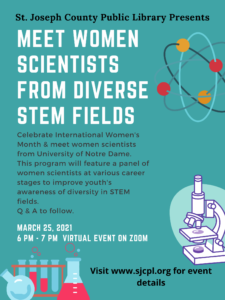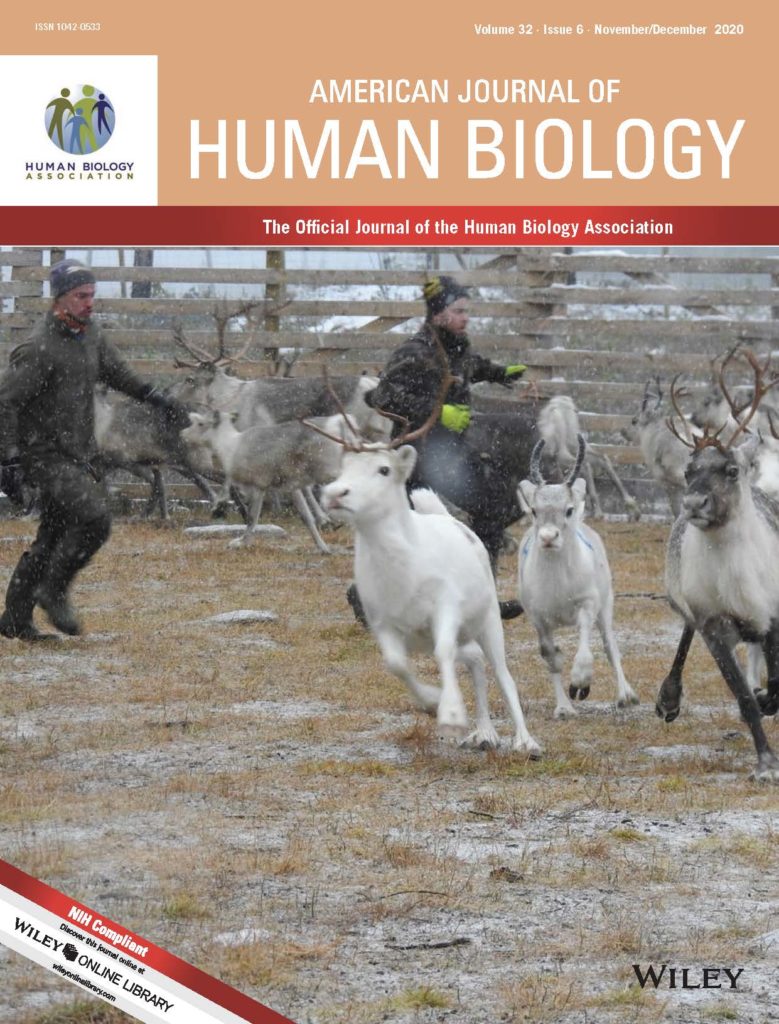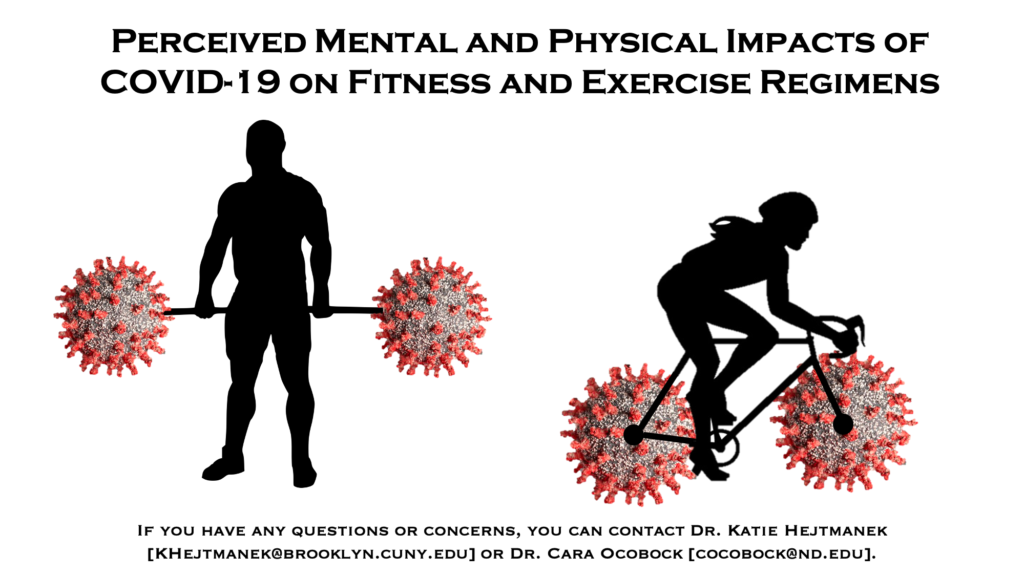For the lovely write up on Ruby’s Lab Manual!
I love how this story keeps getting traction. Here’s hoping that the coverage helps get more resources to expand this project!
For the lovely write up on Ruby’s Lab Manual!
I love how this story keeps getting traction. Here’s hoping that the coverage helps get more resources to expand this project!
One of the very best things about this job is getting to meet and talk with so many wonderful people. Sometimes this happens by chance and sometimes it is intentional. This time, it was a bit of both.
Due to the low key viral success of Ruby’s Laboratory Manual, I was contacted by the St. Joseph County Public Library (SJCPL) to take part in the Science Alive month-long event. With the help of the Eck Institute for Global Health, we were able to provide almost 500 grab-and-go single science experiment bags to SJCPL to distribute to children.
Seeing the focus on women scientists in Ruby’s Lab Manual SJCPL, specifically Rada Ragimbekov, wanted to collaborate on putting together an event for Women’s History Month. We decided to hold a Meet a Scientist panel discussion event for children featuring a diverse group of women scientists.

I was honored to moderate the discussion featuring Dr. Nydia Morales-Soto, Dr. Joyce Adams, Mauna Dasari, Kayla Hurd, Dr. Mayland Chang, and Chelsea Southworth.
Each of these women during this even shared their science, the educational journey, the challenges they have faced as women in science, and words of wisdom. I think we all left that event inspired by the strength, persistence, and creativity of these amazing women. It was one of those activities that many my shrug off as silly extra service, but I consider it potentially one of the most impactful parts of my job.

Every winter for the past four years I have been interviewed about my work in cold climates, and in particular, what the benefits of exercising in the cold may be. Each year, I think the call for interviews for stop. Each year I am wrong.
However, this year might be the biggest outlet yet, – Washington Post! I was very excited to do this interview, and Christie Aschwanden did a fantastic job! I could have chatted with her for hours, and I am incredibly grateful to her for taking my ramblings and making them something coherent.
We got a nice little write up by PsyPost about our work looking at stress, anxiety, and absorption among comedy improvisors.
I always enjoy doing interviews or answering questions, but I always get very personally anxious about it. Once you put the information out there, you lose control of it. However, Beth Ellwood at PsyPost did a great job.
I am always on the look out for fun ways to demonstrate to my niece the diversity of women in STEM fields. Luckily, there are so many kind and generous folks in STEM who are willing to do the heavy lifting, and often in beautifully creative ways.
Here are two Women in STEM coloring books to share with the budding scientists in your family!
Think like a Girl by the Vilchek Foundation
ColorMePhD by Dr. Julie Rorror

I have a new paper out in the Teaching and Learning Anthropology Journal!
In this article, I discuss why I have my students do creative assignments – they encourage students to think critically and deeply about a topic, they learn how to communicate across a variety of platforms, and they develop highly sought after transferrable skills. I present two assignments: Evolutionary Forces Infographic and Primate Podcast/YouTube Video. For each, I provide details on assignment goals, guidelines, resources, and assessment.
I also present examples of student work (with their permission, of course) and potential assignment modifications. However, I must say, it delights me beyond belief to be able to highlight the excellent work my students have done. Their receptivity of these unusual assignments is key to success and key to their learning.
You can find more creative assignments and examples of student work here.
It is exceptionally difficult to describe the feeling of watching someone taking something small you did and turning it into something wonderful that benefits others. It is overwhelming in the best way.
This is exactly what happened with Ruby’s Lab Manual. I just made this manual for my niece, and then it it exploded and traveled far and wide on social media. And then…Morgan Munsen, Notre Dame graduate student and member of Science Policy Initiative, garnered all her intelligence and organizational abilities to secure funding and build science experiment supply kits to be delivered along with the Spanish translation of the lab manual to 150 children (grades 1-6) at St. Adalbert’s School.
I tear up every time I think about how this small idea was transformed into a beautiful and generous act. Notre Dame wrote up a story about all of this, and they say it far better than I ever could. But, this is what science in action looks like. This is what science outreach looks like. We need more of it.
As I have posted about the article before, I won’t go into details, you can find those here. However, I am delighted and proud to share that my article with collaborators Dr. Minna Turunen, Dr. Päivi Soppela, Ville Stenbäck, and Dr. Karl-Heinz Herzig was selected as the Editor’s Choice article for the 32(6) issue of the American Journal of Human Biology.
A photo Minna took was also selected to be the issue cover photo!

A month or so ago, my brother told me that his daughter, Ruby, wanted a new science kit for her birthday. I had gotten her one previously and we enjoyed doing the experiments together. However, that experience taught me that pre-made science kits are not great. So, I decided to make one for her myself.
I smartly (or stupidly) posted pictures of a couple of pages on both Facebook and Twitter, and it quickly went low-key viral. I did not expect the overwhelming response, but perhaps I should have. After a great deal of thought and consulting with some wonderfully supportive colleagues, I decided to not officially publish the manual and keep it freely available to all who would like it.
However, to maintain my sanity and and time for my actual job, I have now posted it to my website. You can find the Ruby’s Laboratory Manual here.

Back in May during one of the many peaks of the COVID-19 pandemic and stay at home orders, I was feeling useless. I felt the need to contribute and help. I also was personally feeling terrible since I wasn’t able to maintain my powerlifting routine. I decided to combine the two.
I got in touch with my friend and colleague, Dr. Katie Rose Hejtmanek, and we put together an online survey looking at gathering information on how the stay at home orders affected exercise routines. Furthermore, we wanted to find out how the changes in routine also affected perceived physical and mental well being.
We quickly got over 500 survey respondents, and it became very clear that folks who almost exclusively used gyms before the pandemic faired the worst during the stay at home orders. We have not published these results yet, but wanted to put something together in hopes of getting results back as quickly as possible to out participants as well as providing some techniques for coping.
Here is the infographic we created based on the preliminary analysis.
Thanks to all who participated!